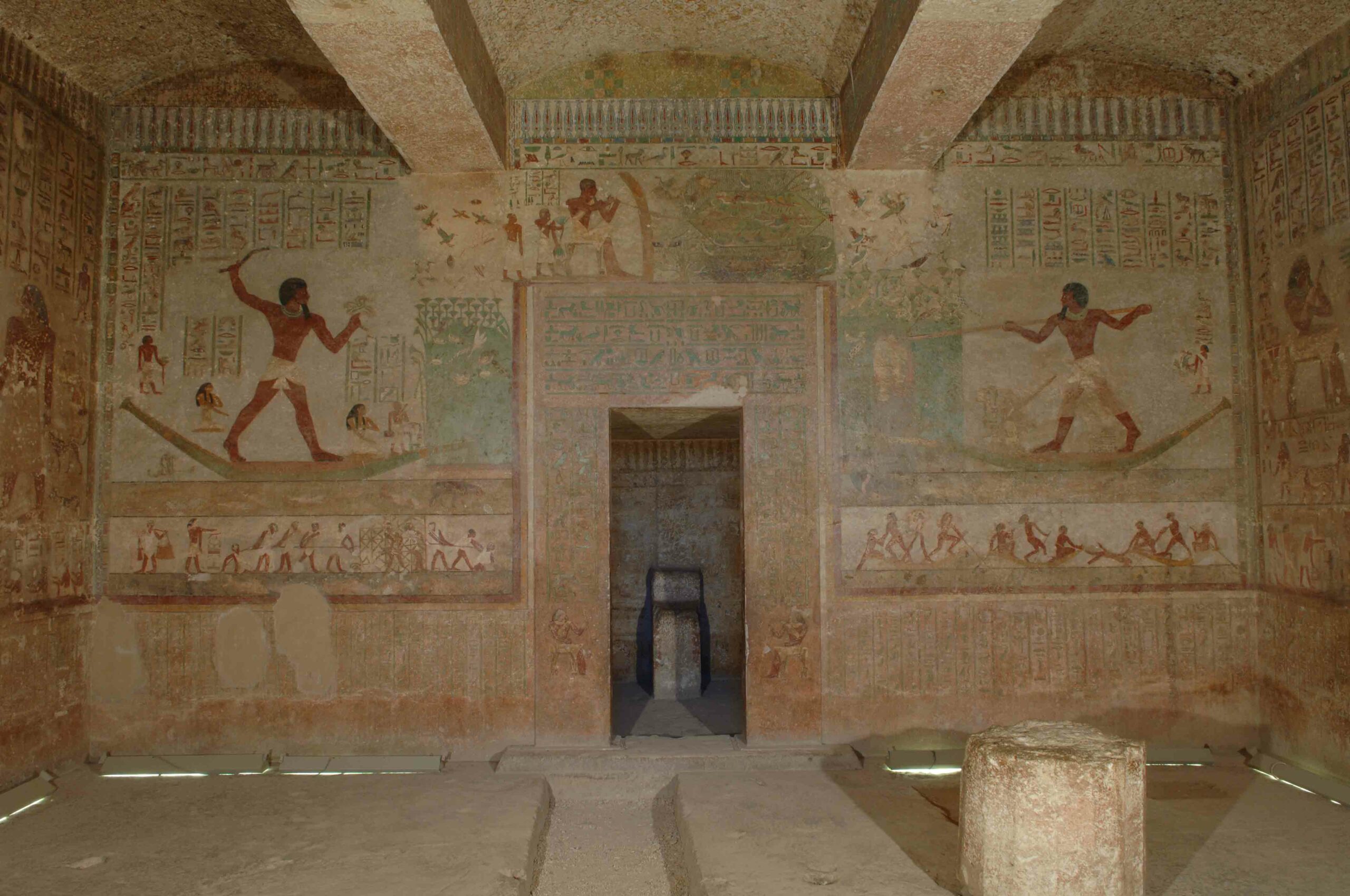GLASGOW, SCOTLAND—The Scotsman reports that Tertia Barnett of Scotland’s Rock Art Project and her colleagues have found evidence of a “ring” of settlements dating back 5,000 years in the area around Glasgow and West Dunbartonshire. She suspects there were probably more settlements, but they have been lost over the years. “It is likely the [River] Clyde was an important artery, connecting different areas to the sea and to the islands,” she said. “People would have traveled by water instead of through the wooded interior of the country and people were generally concentrated in the coastal regions.” Discovered in the late nineteenth century, the Cochno Stone, a Neolithic cup and ring rock art panel, is one of the 30 markers in West Dunbartonshire. Another 36 carvings in Inverclyde to the north have also been recorded. The next step is to plot the rock art sites on a map of other Neolithic remains. Barnett said the project could help scholars understand how rock art was used, and if it may have marked meeting points for trade and the sharing of news. For more on archaeology in Scotland, go to “Fit for a Saint.”
Scotland’s Neolithic Rock Art Mapped
News June 11, 2018
Recommended Articles
Digs & Discoveries July/August 2023
Bog Togs
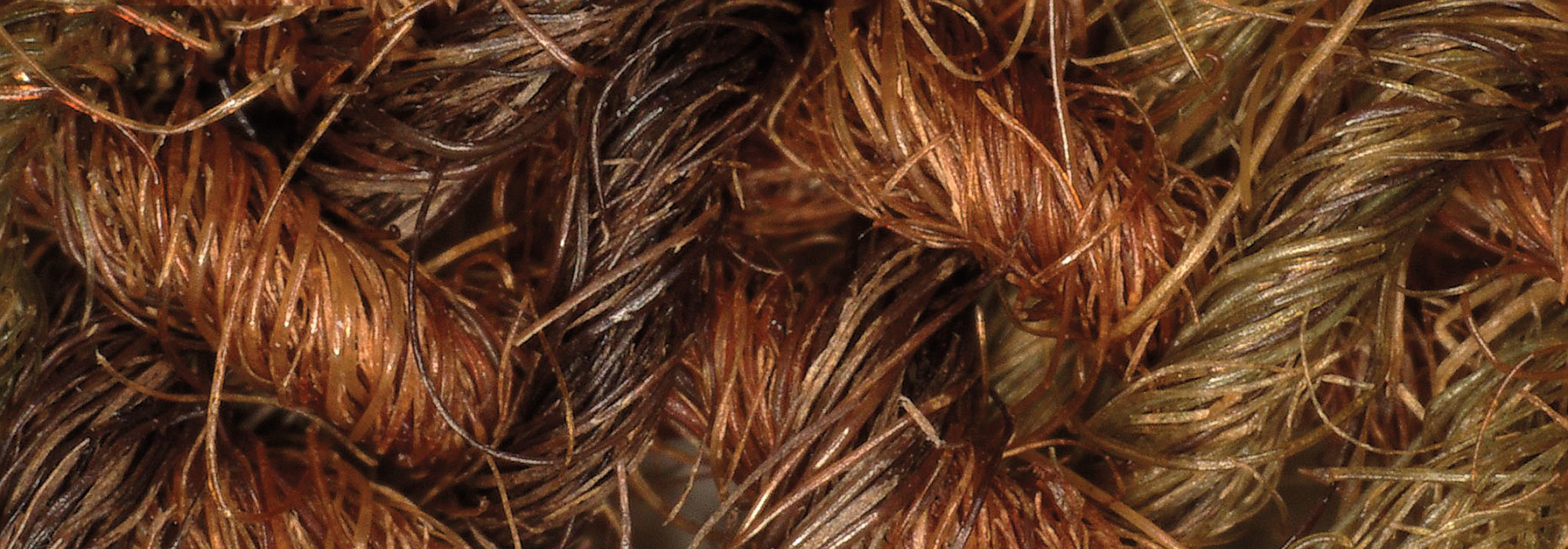
Digs & Discoveries January/February 2023
Storming the Castle

Digs & Discoveries September/October 2022
Pictish Pictograms
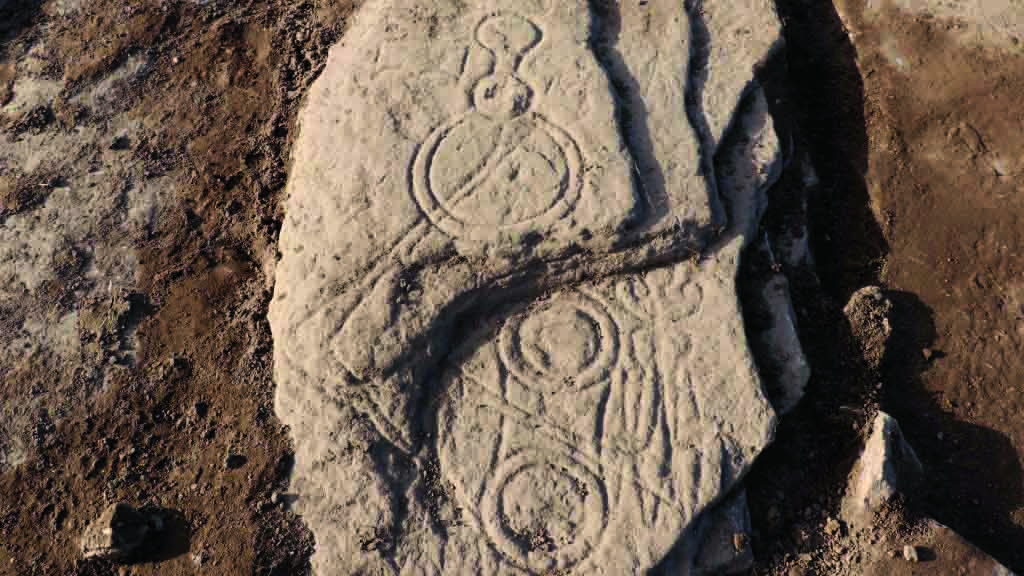
Off the Grid July/August 2022
Jarlshof, Shetland, Scotland
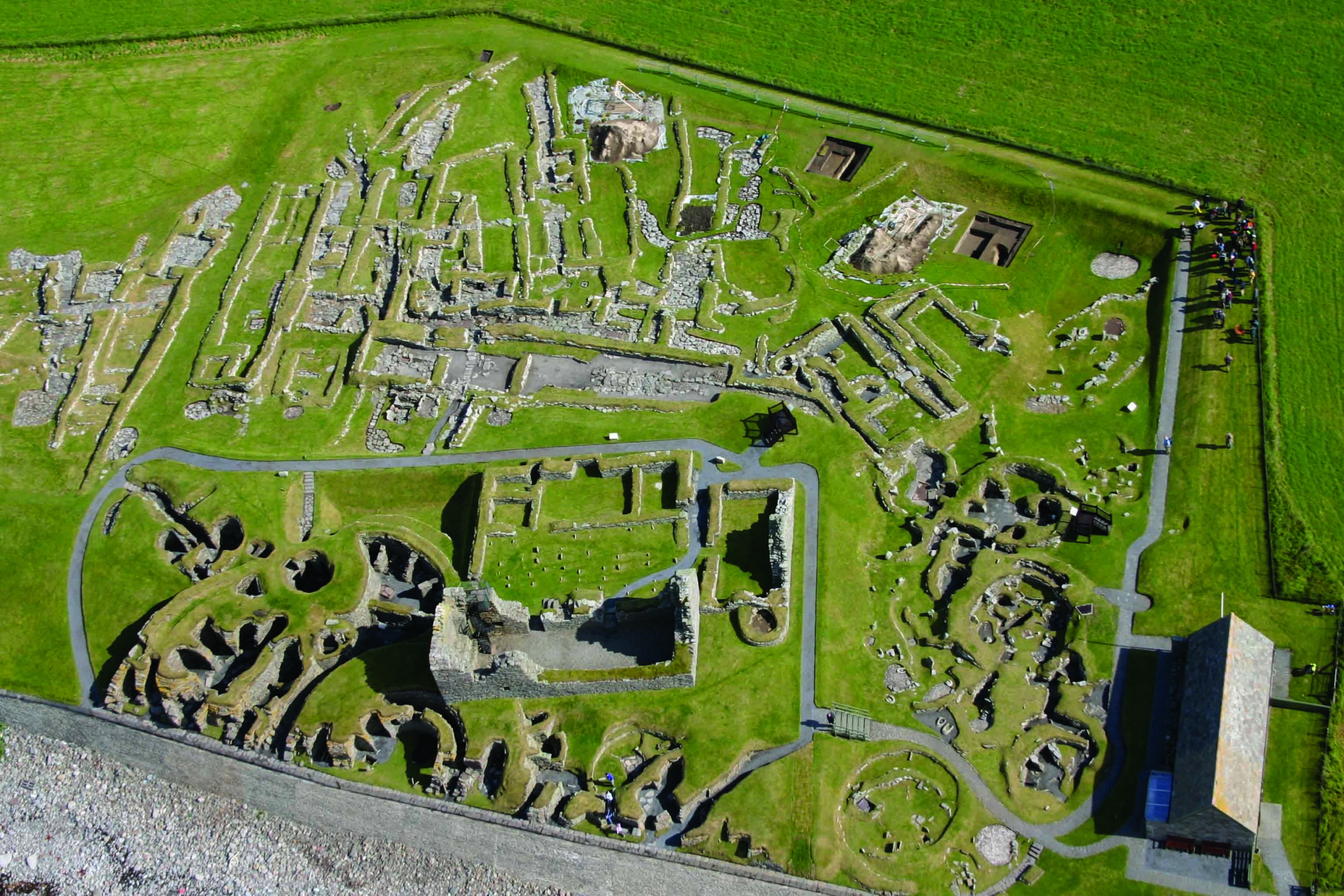
-
Features May/June 2018
Global Cargo
Found in the waters off a small Dutch island, a seventeenth-century shipwreck provides an unparalleled view of the golden age of European trade
 (Kees Zwaan/Courtesy Province of North Holland)
(Kees Zwaan/Courtesy Province of North Holland) -
Letter From the Philippines May/June 2018
One Grain at a Time
Archaeologists uncover evidence suggesting rice terraces helped the Ifugao resist Spanish colonization
 (Jon Arnold Images Ltd/Alamy Stock Photo)
(Jon Arnold Images Ltd/Alamy Stock Photo) -
Artifacts May/June 2018
Roman Sundial
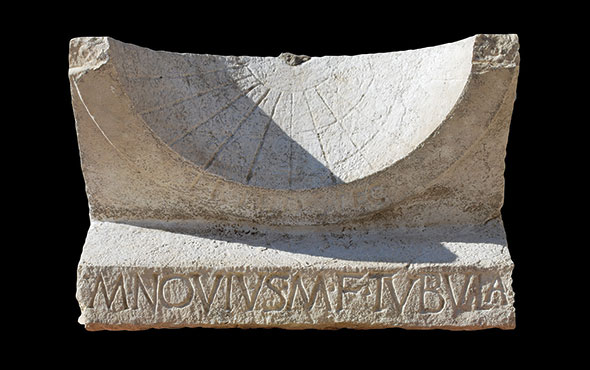 (Courtesy Alessandro Launaro)
(Courtesy Alessandro Launaro) -
Digs & Discoveries May/June 2018
Conquistador Contagion
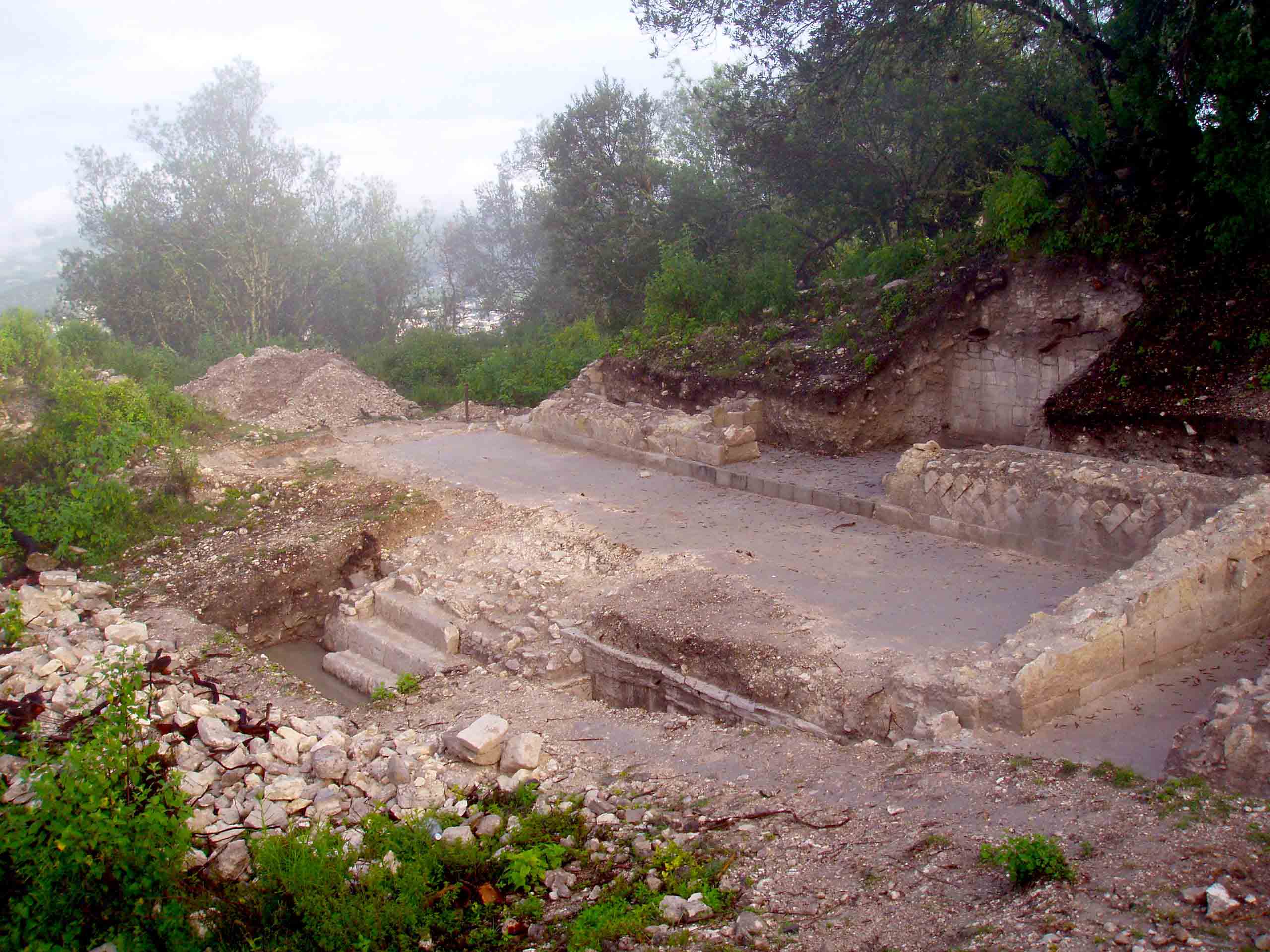 (Christina Warinner. Image courtesy of the Teposcolula-Yucundaa Archaeological Project)
(Christina Warinner. Image courtesy of the Teposcolula-Yucundaa Archaeological Project)


